
You clicked to settle a real dinner-table debate: what actually counts as the fanciest dish? The honest answer isn’t a single plate. It’s a mix of rarity, skill, story, and theater. Once you see how chefs frame it, you can spot “fancy” on any menu, anywhere-and even fake it at home without blowing the budget.
TL;DR: So…what is the fanciest dish?
Short answer: a dish that combines scarce ingredients, high craft, and show-stopping presentation, served with ceremony. Think caviar with crème fraîche and blinis, a white-truffle risotto shaved tableside, A5 Wagyu with precise sauces, or a seasonal seafood star like langoustine or crayfish cooked à la minute. There’s no single winner; context matters. In 2025, diners chase experiences as much as ingredients-multi-course tasting menus, chef interactions, and storytelling.
- It’s not just price. Scarcity + skill + story + sensory impact + service is the real formula.
- Hall-of-fame examples: caviar service, white-truffle risotto, A5 Wagyu, bluefin toro, lobster thermidor, and modern tasting-menu showpieces.
- Local can be luxe: in New Zealand, Bluff oysters, crayfish, pāua, and truffles can outshine imported icons.
- Home cooks can pull off “fancy” with smart shopping, tight portions, and bold plating.
If you only needed the headline answer: the fanciest dish is usually a chef’s signature course on a seasonal tasting menu, built around a rare ingredient and finished with on-the-spot theatrics.
How to recognize “fancy”: the 5S framework and quick decision rules
When chefs and critics call a dish “fancy,” they’re usually scoring some version of five things. Use this as your cheat code when reading menus or planning a dinner party.
- Scarcity: Rare or seasonal ingredients: caviar, sea urchin, white truffle, matsutake, wild whitebait, Bluff oysters, crayfish. Scarcity can also mean time: a sauce reduced for 12 hours, a pastry that takes three days.
- Skill: Precise techniques that are hard to fake: perfect cuisson of fish, silky sauces, laminated pastry, glassy ganache, sugar work, or live-fire control.
- Story: Provenance and purpose: foraged mushrooms, heritage breeds, named farms, sustainable catch. The story frames why the dish exists now, in this place.
- Sensory punch: Aroma (truffle shavings, toasted spices), texture contrast (creamy vs crisp), visual drama (height, color, gloss).
- Service ritual: Tableside carving or shaving, caviar in a nested setup, a warm sauce poured from a tiny copper pan, a separate bread and butter course with cultured butter.
Memory hooks tend to follow this formula: Scarcity × Skill, then boosted by Story, Sensory, and Service. The price often reflects the scarcity; the delight comes from the rest.
Decision rules you can use:
- If the star ingredient is out of season but on the menu, it’s probably not the fanciest choice-true “fancy” tracks the season.
- Two-ingredient plates can read fancier than crowded ones if the technique is refined (e.g., scallop + beurre blanc).
- Portion size shrinks as fanciness rises. Tiny, intense, high-craft bites feel luxe.
- Garnishes should have a job. Edible petals for color? Fine. Petals plus perfume and acidity? Fancy.
- Fancy desserts lean on temperature play (hot/cold), textures (glass, cream, foam), and a clean, high-contrast plate.
Credible sources behind the curtain: ingredient scarcity and sustainability data from FAO’s State of World Fisheries and Aquaculture; beef grading standards from the Japan Meat Grading Association; wild-catch rules from New Zealand’s Ministry for Primary Industries. Awards like the Cuisine Good Food Awards (NZ) also reveal where service and craft land year to year.
What it looks like in 2025: examples, price cues, and regional twists
Here are representative “fancy” dishes and why they qualify. I’m focusing on what you’d actually see in 2025 menus, plus what this means in New Zealand.
- Caviar service with blinis, crème fraîche, chives, and a mother-of-pearl spoon. Fancy signals: nested service ware on ice, exact salinity balance, and portioned bites. Notes: wild sturgeon is protected; most caviar is farmed. FAO reports show aquaculture now dominates supply, helping stabilize availability while premium grades remain scarce.
- White-truffle risotto shaved tableside. The risotto base seems simple, but every second of stirring shows. The scent hits first. Truffles are seasonal (Northern Hemisphere autumn), which is why prices swing wildly and the dish pops up for a few intense weeks.
- A5 Wagyu (Japan) with a razor-thin sauce and bitter greens. A5 is the highest marbling grade per the Japan Meat Grading Association. Expect melting texture, tiny portions, surgical searing, and a price to match.
- Toro (fatty tuna) or bluefin in minimal sashimi form. Exclusivity comes from cut and quality, not garnish. Responsible sourcing matters; check sushi bars that disclose provenance and quotas aligned with regional fishery management.
- Lobster thermidor or butter-poached lobster. Old-school rich, still a party trick when lobster is live-cooked and sauced tableside.
- Signature tasting-menu course (modernist or fire-led): think a brioche-and-bone-marrow bite, a yuba “noodle” with king crab, or a single perfect oyster dressed with green oil and finger lime. The “fancy” is the choreography: one-bite intensity, heat control, and service timing.
New Zealand lens:
- Bluff oysters (when the season opens) need almost nothing-maybe a cold mignonette. Scarce, highly seasonal, big character.
- Crayfish (rock lobster) split, grilled, brushed with cultured butter and kawakawa. Simple but high-stakes doneness. Prices swing with catch and region.
- Pāua (abalone) is tightly regulated; when you do see it, treatment is gentle-sliced thin, cooked briefly, or slow-tenderized. MPI sets rules, and restaurants that respect them tend to tell that story.
- NZ truffles appear mid-winter from producers in regions like Canterbury and the central North Island. They change the whole menu for a few weeks.
What about dessert? Key signals are precision, temperature contrast, and a clean plate. Examples: a dark chocolate crémeux with a shiny glaze and buckwheat crunch; a brûléed citrus tart with perfect glass crack; or a seasonal parfait with lacto-fermented fruit and a warm sabayon poured tableside.
Price cues (NZ context, 2025): a refined tasting menu in a major city sits roughly around NZ$150-$350 per person, sometimes higher with premium supplements like truffle or caviar. Wine pairings can add NZ$90-$250. These aren’t rules-just common ranges observed across top dining rooms recognized by the Cuisine Good Food Awards and similar guides.
| Luxury Ingredient | Why It Reads “Fancy” | Typical NZ Retail Price Range (2025) | Notes / Source Cues |
|---|---|---|---|
| Beluga/Oscietra Caviar | Scarcity, service ritual, salinity balance | NZ$4,000-$8,000/kg | Mostly farmed; FAO tracks aquaculture trends |
| White Truffle (Alba) | Seasonal aroma, tableside shaving | NZ$7,000-$14,000/kg (season-dependent) | Wild-foraged; volatile pricing |
| A5 Wagyu Ribeye | Highest marbling grade, melt-in-mouth | NZ$300-$600/kg | Japan Meat Grading Association standards |
| Crayfish (Rock Lobster) | Live cookery, sweet meat, dramatic plating | NZ$80-$140/kg | Subject to quotas; check local regs |
| Bluff Oysters | Iconic seasonality, briny punch | NZ$30-$45/dozen (in season) | Short season drives demand |
| Pāua (Abalone) | Strictly managed, unique texture | NZ$120-$220/kg (processed) | MPI-regulated; ethical sourcing matters |
Prices are indicative retail ranges. Restaurant pricing folds in wastage, labor, and service, so menu supplements can feel steep. That’s part of the “fancy” math: you’re paying for timing, craft, and a whole team synchronizing a moment.
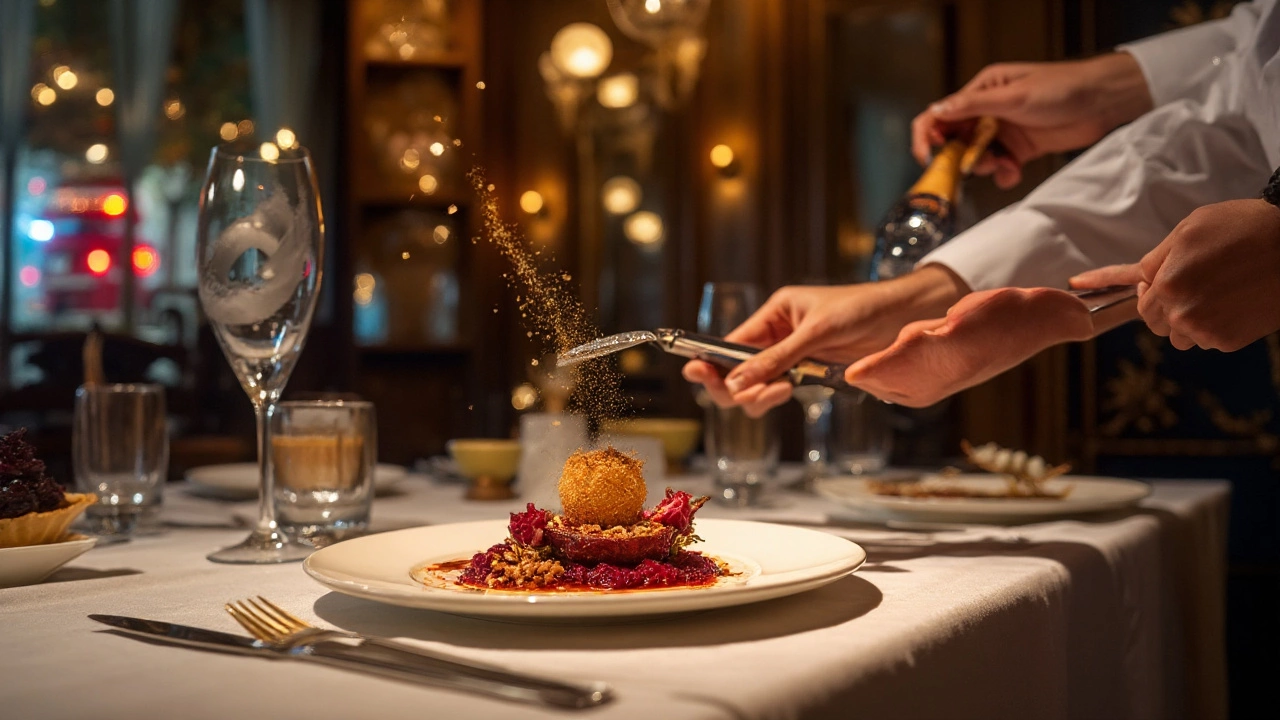
How to create “fancy” at home: a step-by-step blueprint
Good news: you don’t need caviar to go fancy. You need intention, seasonality, and a little theater. Here’s the simplest path to a high-impact plate in a home kitchen.
- Pick one hero ingredient that’s seasonal and special where you live. Examples: a single pristine fish fillet, peak-season mushrooms, or local shellfish. Build the plate around it instead of juggling ten flavors.
- Choose one skill to showcase. Options: perfect pan-roast with a butter baste, a glossy pan sauce, choux pastry, or a mirror-shine chocolate glaze. Master one-don’t try three.
- Plan texture contrast. If your hero is soft (risotto, fish), add a crisp element (fried capers, buckwheat, toasted panko with lemon zest). If it’s crisp (roast veg), add a silky sauce.
- Plate with negative space. Use a big plate and keep three-quarters empty. Place the hero off-center, add a single contrasting garnish, and one swoop or dot of sauce. Stop early.
- Add a tiny ritual. Warm sauce in a small jug and pour at the table. Zest a lemon over the dish just before serving. Shave a hard cheese in front of guests. The “show” costs cents but lands big.
Two complete home menus at different budgets:
- NZ$25 per person, three courses
- Starter: Chilled cucumber soup with dill oil and seed cracker.
- Main: Pan-roasted market fish with beurre blanc, blanched beans, and toasted almond crumb.
- Dessert: Citrus posset with macerated berries and shortbread crumb.
- NZ$60 per person, three courses with a luxe bump
- Starter: Bluff oyster (in season) with finger lime and chilled vodka mist.
- Main: Crayfish tail, split and grilled, with cultured-butter glaze and lemon.
- Dessert: Dark chocolate crémeux, mirror glaze, buckwheat brittle, pinch of sea salt.
Smart swaps when luxury ingredients are out of reach:
- Caviar vibe: trout roe or salmon roe on crème fraîche and potato rosti.
- Truffle vibe: brown butter + porcini powder + a few drops of truffle oil from a reputable brand (use sparingly).
- Wagyu vibe: choose a well-marbled scotch fillet, cook gently to medium-rare, rest properly, glaze with reduced pan juices.
Plating checklist (print-worthy):
- Hot food hot, cold food cold. Warm plates for hot mains; chilled bowls for cold starters.
- Odd numbers look better (1, 3, 5); symmetry can feel cafeteria.
- Contrast color and height: one vertical element perks up a flat plate.
- Wipe the rim. Every time.
- Use fewer, better garnishes. Each must add flavor or texture, not just color.
Flavor formula you can reuse: Base + Bright + Fat + Crunch.
- Base: the hero and a neutral canvas (risotto, puree, blini).
- Bright: lemon, vinegar, pickles, green oil, fresh herbs.
- Fat: butter, olive oil, crème fraîche, nut oil.
- Crunch: toasted nuts, seeds, fried aromatics, crisp bread.
Technique traps to avoid:
- Over-reducing sauces into bitterness. Stop early; mount with cold butter off heat for gloss.
- Stacking too many flavors. Fancy reads clean.
- Buying expensive ingredients without a plan. Scarcity exposes mistakes.
- Plating late. Fancy dies fast if the sauce skins or the protein overcooks on the counter.
Make the right call when dining out: reading menus, supplements, and service cues
If you’re booking a “fancy” night, your goal is to spot the course you’ll remember next month. Use these practical heuristics.
- When to choose the tasting menu: If the kitchen is known for a signature progression and you see notes like “fermentation cellar,” “fire menu,” or a course served at the pass by the chef, go tasting. You’ll get the show as designed.
- When à la carte wins: If the menu lists a seasonal hero with transparent provenance (named farm, region, vintage), and you prefer control, build your own journey and add one luxury supplement.
- When to take the supplement: Truffle shavings are best in peak season. Caviar works when there’s enough to taste (usually 10-30 g per serving). Ask about gram weight and type; good staff will tell you.
- Service tells: The fanciest plates are handled with ritual-extra cutlery set just in time, a warm sauce poured table-side, a bread course treated like an event (cultured butter, infused oils).
- Dietaries and ethics: If sustainability matters, ask how they source bluefin, pāua, or crayfish. MPI regulations and fishery quotas exist for a reason; the best rooms have a clean answer.
Wine and pairing tips:
- For caviar and shellfish, high-acid whites and brut traditional-method sparkling wines keep the palate sharp.
- For Wagyu, lower-alcohol reds with freshness (think cooler-climate Pinot Noir) avoid battling the fat.
- For truffle dishes, look for wines with umami-friendly development (aged Chardonnay, Nebbiolo, or Pinot).
Budget guardrails:
- Pick one luxury moment, not three. A single high note reads fancier than constant richness.
- Share supplements. One caviar service split across blinis for two gives the experience without doubling the bill.
- Ask for half pours or a short pairing if you want the wine dialogue without the full cost.
Mini‑FAQ and next steps
Is fancy just a synonym for expensive? No. Expense often follows scarcity, but fancy comes from craft, timing, and theater. A perfect seasonal tomato with burrata can feel fancier than a clumsy lobster thermidor.
What’s the fanciest dessert right now? In 2025, clean, modern classics with flawless technique rule: a mirror-glazed chocolate gâteau, an ethereal mille-feuille, or a seasonal sorbet with warm sabayon poured tableside. Add a crunchy element and one fragrant note (yuzu, vanilla bean, rosemary smoke).
Do plant-based dishes get to be fancy? Absolutely. Consider a roasted celeriac “steak” with hazelnut beurre noisette, celery leaf oil, and truffle crumb; or a pine mushroom consomme served in a delicate cup. Scarcity + skill + story still apply.
Is a burger ever the fanciest dish? If the bun is house-baked, the patty is a rare-breed blend ground that day, the cheese is aged, and the condiments are made in-house-and the whole thing is perfectly balanced-yes. Fancy can be casual when the craft and sourcing are elite.
How do I practice without wasting pricey ingredients? Drill the technique with everyday swaps: cook cheap white fish before you attempt turbot, practice choux with basic pastry cream before adding exotic glazes, reduce stock to demi with supermarket bones before buying veal stock.
Can service alone make a dish fancy? Service multiplies the effect, but it can’t rescue undercooked rice or a split sauce. Rituals are the frame; the picture still needs to be sharp.
Next steps based on your goal:
- Hosting a date night: Choose one hero, one showy garnish, and one tableside moment. Keep portions small and leave space on the plate.
- Learning a technique: Set a weekend to master one sauce (béarnaise, beurre blanc) or one pastry (pâte à choux). Repeat it three times; the third will suddenly click.
- Booking a splurge in NZ: Check recent Cuisine Good Food Awards and see which kitchens highlight seasonality and service ritual. Call ahead about supplements and sustainability questions.
- Eating fancy on a budget: Buy one premium accent-roe, great butter, or artisan cheese-and design the dish around it. Great bread plus cultured butter and flaky salt can feel like a course.
If you remember nothing else, remember the 5S: Scarcity, Skill, Story, Sensory, Service. Nail two, hint at the rest, and even a simple plate can feel like a big night out.


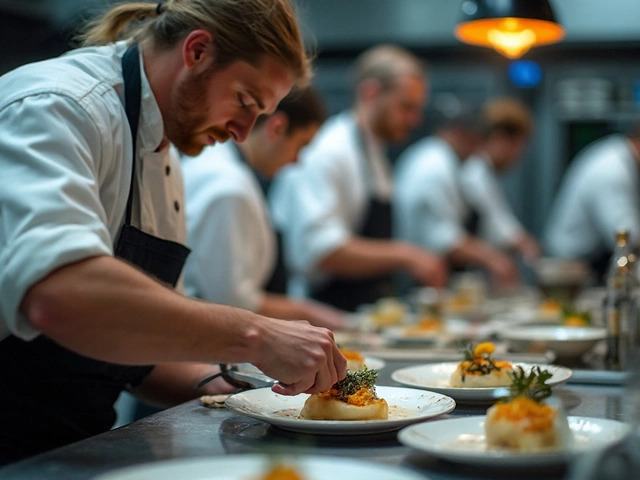

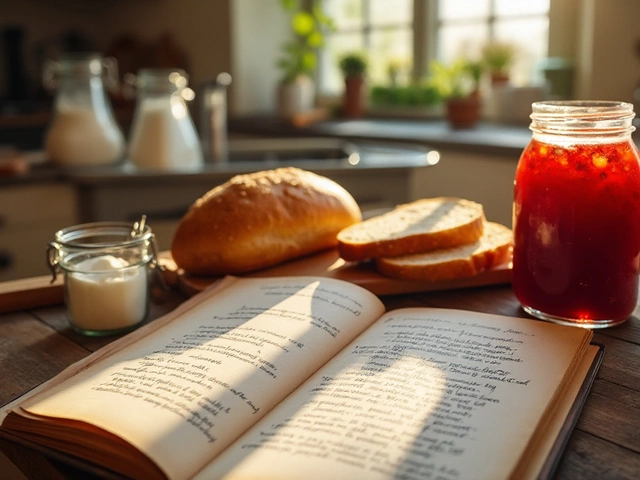
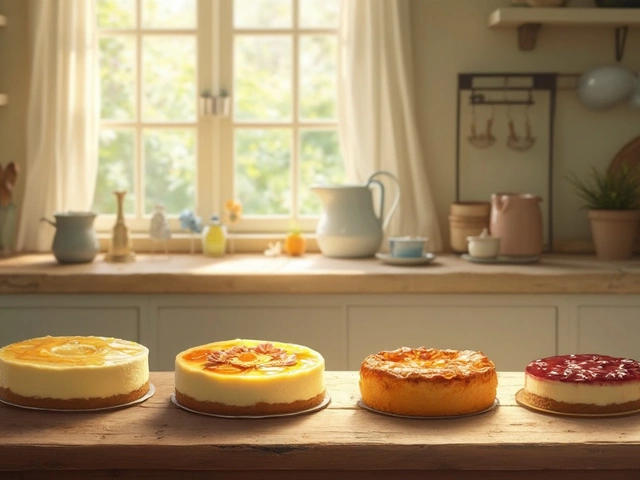
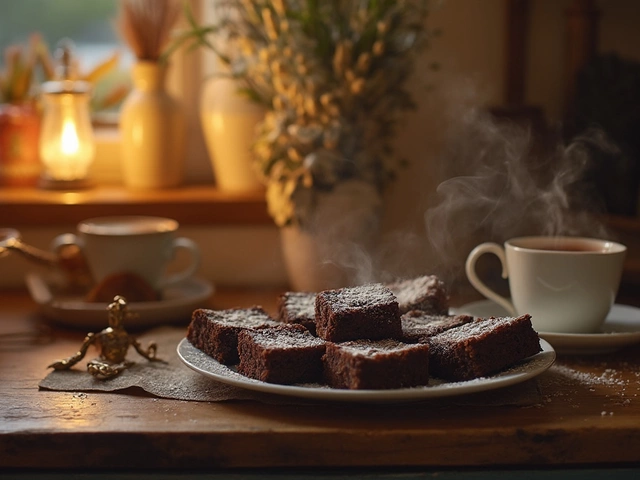
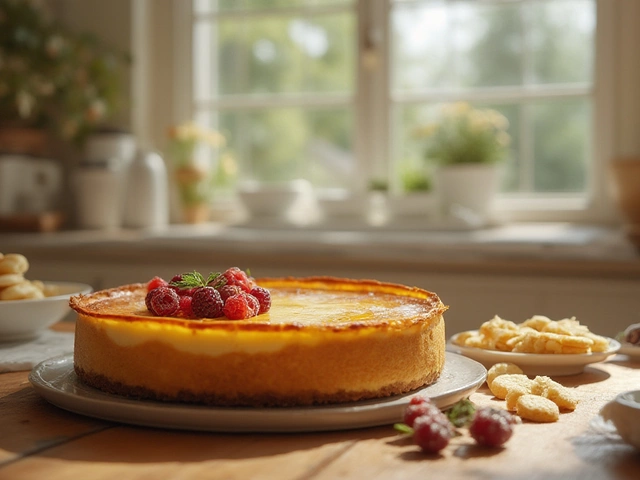
Write a comment